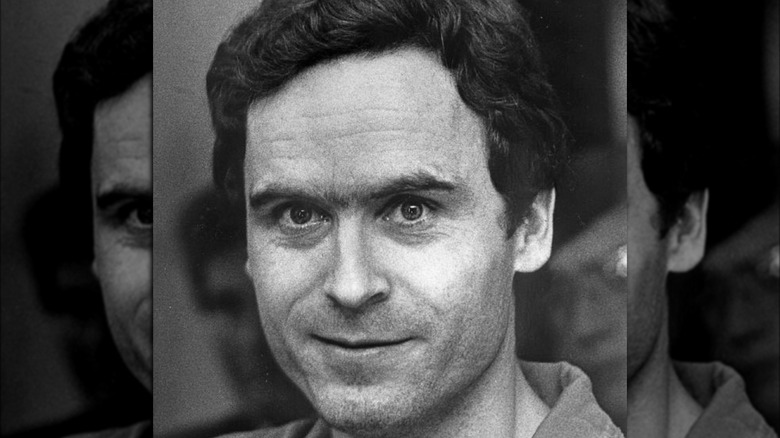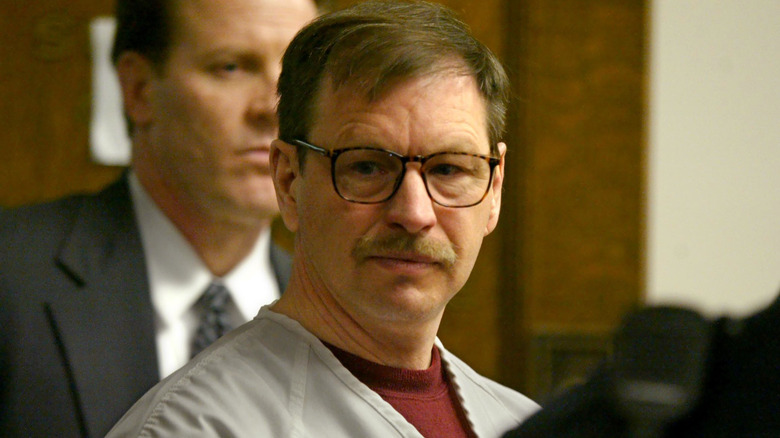How Ted Bundy Played A Role In The Green River Killer Case
From 1982 to 2001, Washington was terrorized by a serial killer who targeted sex workers and young women. One by one, dead bodies were discovered near the Green River, which led the media to nickname the then-unknown perpetrator the Green River Killer. The identity of the serial killer would later be revealed — through DNA evidence — as Gary Ridgway.
It took years for authorities to apprehend Ridgway as he purposely threw them off his track by leaving cigarette butts on crimes scenes despite not being a smoker. He also transported bodies to faraway locations to confuse investigators, as detailed by ATI. More dead bodies were discovered and authorities didn't have leads to follow. As a result, the Green River task force was formed, which included Dave Reichert, Robert Keppel, and other detectives.
In 1984, the Green River task force received a letter from someone who was offering to be a consultant for the case. It turned out that the letter was from infamous serial killer Ted Bundy, who at that time was on death row in a Florida prison (via The Spokesman-Review). "Don't ask me why I believe I'm an expert in this area, just accept that I am and we'll start from there," Bundy wrote, per The New York Times.
Detectives consulted with Ted Bundy
With no promising leads, Dave Reichert and Robert Keppel flew to Florida to visit Ted Bundy. Being a serial killer himself, Bundy was able to offer insights from his experience that may help capture the Riverman, the term he used for the Green River Killer. In one interview, as reported by ATI, Bundy suggested setting up surveillance near the area where the bodies were found as the killer, just like he did, may go back to his dumping sites to perform necrophilia, which later turned out to be true. Furthermore, Bundy's unfiltered answers to the detectives' questions provided a look into the Green River Killer's thoughts. However, Ted Bundy was executed via the electric chair in 1989, and the Green River Killer remained at large.
The Green River Killer was eventually caught in 2001. Gary Ridgway's DNA evidence was found in four crime scenes and upon analysis, it was discovered to be a perfect match to his hair sample acquired from a previous arrest. Ridgway was charged with 48 murders, but he confessed to killing as many as 90 women (via Crime Museum). He is currently serving 48 consecutive life sentences at the Washington State Penitentiary with no chance of parole.

